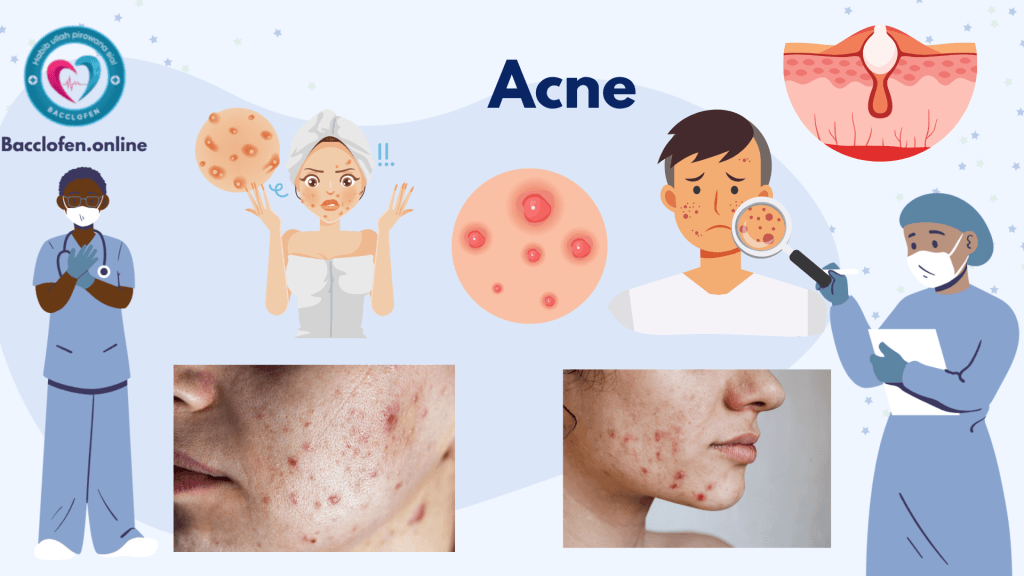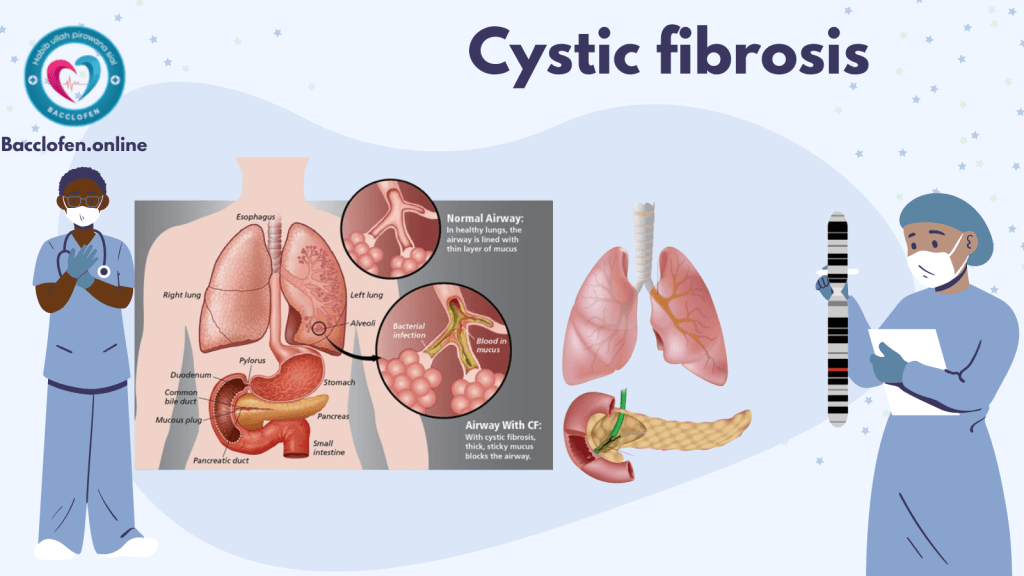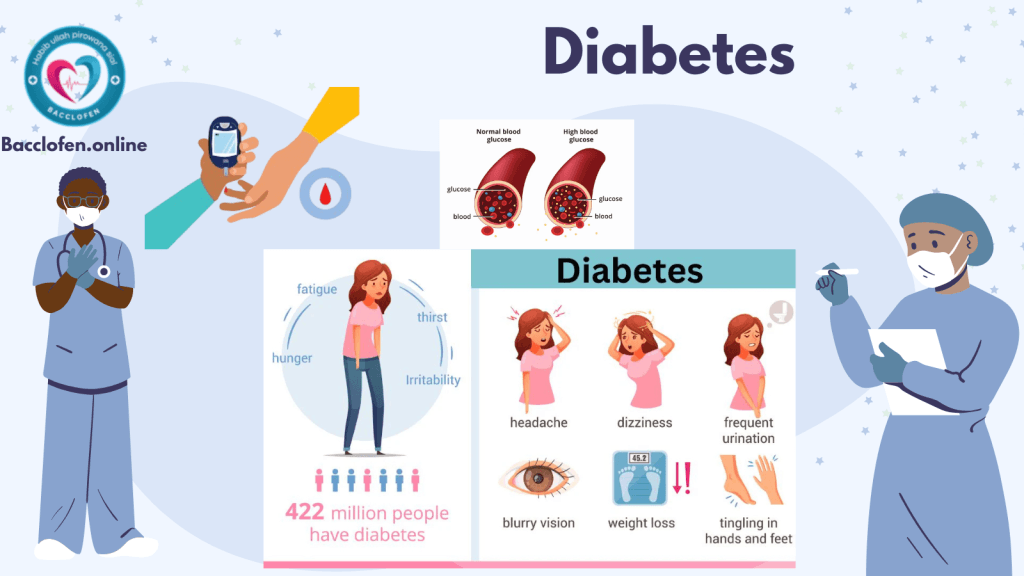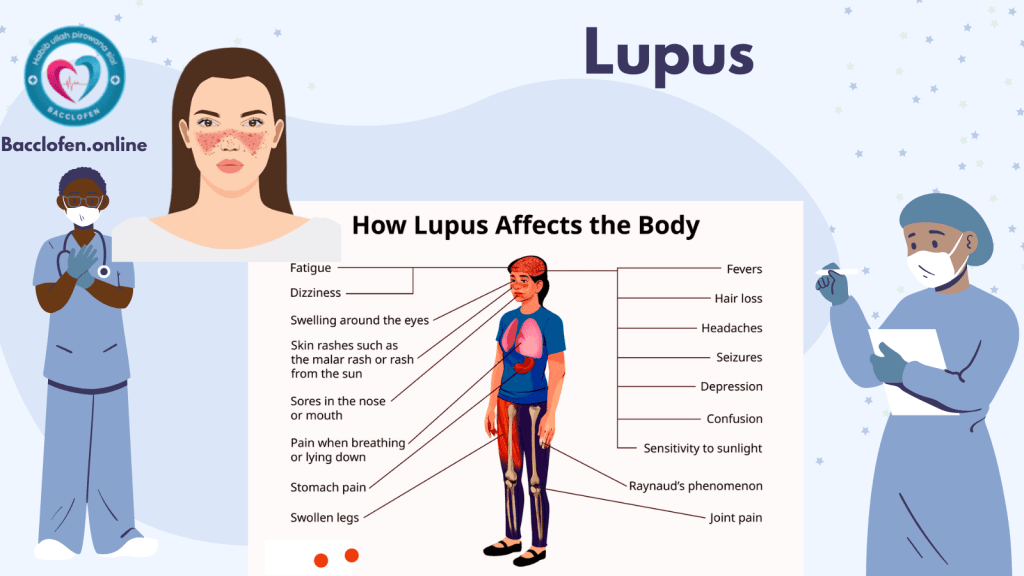Acne is a prevalent skin condition that affects millions of people worldwide. It arises when hair follicles become clogged with oil, dead skin cells, and bacteria, leading to inflammation. Although acne is most commonly associated with teenagers, it can affect people of all ages, from infants to adults. Its severity can range from mild, with occasional pimples, to severe, with deep, painful cysts that may leave scars. Acne is not life-threatening, but it can significantly impact self-esteem and emotional well-being. This article delves into the causes, symptoms, prevention strategies, diagnosis, and treatment options for acne.
What is Acne?
Acne is a chronic inflammatory condition primarily affecting areas of the skin that have a high density of sebaceous (oil) glands, such as the face, chest, back, and shoulders. It can manifest in various forms:
- Non-inflammatory Acne:
- Blackheads (Open Comedones): Clogged pores where the blockage is exposed to air, turning dark.
- Whiteheads (Closed Comedones): Clogged pores covered by skin, appearing as small, white bumps.
- Inflammatory Acne:
- Papules: Small, red, tender bumps caused by inflammation.
- Pustules: Pimples filled with pus, surrounded by redness.
- Nodules: Large, solid, painful lumps beneath the skin.
- Cysts: Deep, pus-filled lumps that can lead to significant scarring.
Causes of Acne
Acne develops due to a combination of internal and external factors that clog pores and trigger inflammation. These include:
1. Overproduction of Sebum
Sebaceous glands produce sebum, an oily substance that helps protect and moisturize the skin. However, excess sebum can combine with dead skin cells and clog pores, creating an environment conducive to acne.
2. Dead Skin Cell Accumulation
Normally, dead skin cells are shed from the skin’s surface. In acne-prone individuals, these cells may not shed properly, leading to clogged follicles.
3. Bacterial Growth
The skin bacterium Cutibacterium acnes (formerly Propionibacterium acnes) thrives in clogged pores, triggering inflammation and redness.
4. Hormonal Changes
Hormonal fluctuations are a significant factor in acne development. This is especially evident during:
- Puberty: Increased androgen levels stimulate sebaceous glands.
- Menstrual Cycles: Hormonal shifts before menstruation often exacerbate acne in women.
- Pregnancy: Hormonal changes can lead to acne flare-ups.
5. Genetic Predisposition
Acne often runs in families, suggesting a genetic component. If parents had acne, their children are more likely to develop it.
6. Lifestyle and Environmental Factors
- Diet: High-glycemic foods, such as sugary snacks and beverages, and dairy products may worsen acne.
- Stress: Stress triggers the release of cortisol, which can stimulate oil production and exacerbate acne.
- Cosmetics and Skincare Products: Oil-based or comedogenic products can clog pores.
- Medications: Certain drugs, like corticosteroids, lithium, and some anticonvulsants, can contribute to acne development.
- Environmental Factors: Pollution, humidity, and exposure to oily substances can aggravate acne.
Symptoms of Acne
The symptoms of acne depend on the severity of the condition and can vary widely among individuals. Common signs include:
1. Non-inflammatory Symptoms
- Blackheads: Open pores clogged with sebum and dead skin cells, appearing dark due to oxidation.
- Whiteheads: Closed pores clogged with sebum and skin debris, appearing white or flesh-colored.
2. Inflammatory Symptoms
- Papules: Small, raised, red lesions that feel tender to the touch.
- Pustules: Pimples filled with white or yellow pus, surrounded by inflamed skin.
- Nodules: Hard, painful lumps deep within the skin.
- Cysts: Large, pus-filled, and often painful lumps that can result in scarring.
3. Commonly Affected Areas
- Acne predominantly affects the face, but it can also occur on the back, chest, shoulders, and neck.
Complications of Acne
If left untreated or improperly managed, acne can lead to several complications:
- Scarring: Deep acne, especially nodules and cysts, can cause permanent scars.
- Post-Inflammatory Hyperpigmentation (PIH): Dark spots or discoloration may remain after acne lesions heal.
- Emotional Impact: Acne can negatively affect self-esteem, leading to anxiety, depression, and social withdrawal.
- Skin Infections: Picking or popping pimples increases the risk of bacterial infection.

Prevention of Acne
While acne cannot always be entirely prevented, the following steps can help minimize the risk and severity of breakouts:
1. Maintain a Proper Skincare Routine
- Cleanse your face twice daily with a gentle, non-comedogenic cleanser to remove dirt, oil, and makeup.
- Avoid over-washing or scrubbing the skin, as this can irritate and worsen acne.
2. Choose Non-Comedogenic Products
- Use skincare and cosmetic products labeled “non-comedogenic” or “oil-free” to avoid clogging pores.
3. Manage Stress
- Engage in stress-reduction activities such as yoga, meditation, or exercise to lower cortisol levels.
4. Avoid Touching the Face
- Refrain from picking, popping, or squeezing pimples, as this can spread bacteria and cause scarring.
5. Follow a Balanced Diet
- Limit high-glycemic foods and dairy products that may trigger acne. Incorporate plenty of fruits, vegetables, and whole grains into your diet.
6. Protect Your Skin
- Use sunscreen with SPF 30 or higher to prevent hyperpigmentation and protect the skin from harmful UV rays.
Diagnosis of Acne
Diagnosing acne typically involves a physical examination by a dermatologist. In some cases, additional tests may be required to determine underlying causes or rule out other conditions.
1. Medical History and Physical Examination
- The dermatologist will evaluate the type, severity, and distribution of acne lesions.
- Questions about skincare routines, diet, stress levels, and family history may be asked.
2. Hormonal Testing
- Blood tests may be performed in cases of adult-onset acne to assess hormone levels, particularly in women.
3. Skin Culture
- Rarely, a skin culture may be conducted to rule out bacterial or fungal infections.
Treatment of Acne
Acne treatment aims to reduce oil production, clear clogged pores, fight bacterial infection, and manage inflammation. Treatment options are determined by the type and severity of acne:
1. Topical Treatments
- Benzoyl Peroxide: Reduces bacteria and inflammation while helping to clear clogged pores.
- Retinoids: Promote skin cell turnover and prevent clogging of pores. Examples include tretinoin and adapalene.
- Salicylic Acid: Exfoliates the skin, unclogs pores, and reduces oil production.
- Topical Antibiotics: Reduce bacterial growth and inflammation.
2. Oral Medications
- Antibiotics: Doxycycline, minocycline, or other oral antibiotics may be prescribed for moderate to severe acne.
- Hormonal Therapy: Oral contraceptives or anti-androgens like spironolactone can help regulate hormone-induced acne in women.
- Isotretinoin: A powerful oral retinoid reserved for severe, treatment-resistant acne.
3. Professional Procedures
- Chemical Peels: Help exfoliate the skin and reduce acne scars.
- Laser and Light Therapy: Target acne-causing bacteria and reduce inflammation.
- Extraction: Dermatologists can safely remove blackheads, whiteheads, or cysts to prevent scarring.
4. Lifestyle Modifications
- Incorporating healthy habits, such as regular exercise, stress management, and a balanced diet, can complement medical treatments.
Living with Acne
Managing acne is a long-term process that requires consistency and patience. Key strategies for coping with acne include:
- Following a dermatologist-recommended treatment plan.
- Practicing good skincare habits.
- Seeking support from family, friends, or support groups to address emotional challenges.
Research and Future Directions
Ongoing research continues to improve understanding and treatment options for acne:
- Probiotics: Exploring the role of gut and skin microbiota in reducing inflammation.
- Vaccines: Investigating potential vaccines targeting Cutibacterium acnes.
- Personalized Treatments: Advances in genetic research may lead to customized therapies based on individual skin types.



Pingback: Hyperthyroidism: Causes, Symptoms, Prevention and Treatment - Bacclofen
Pingback: HIV/AIDS: Causes, Symptoms, Prevention and Treatment - Bacclofen